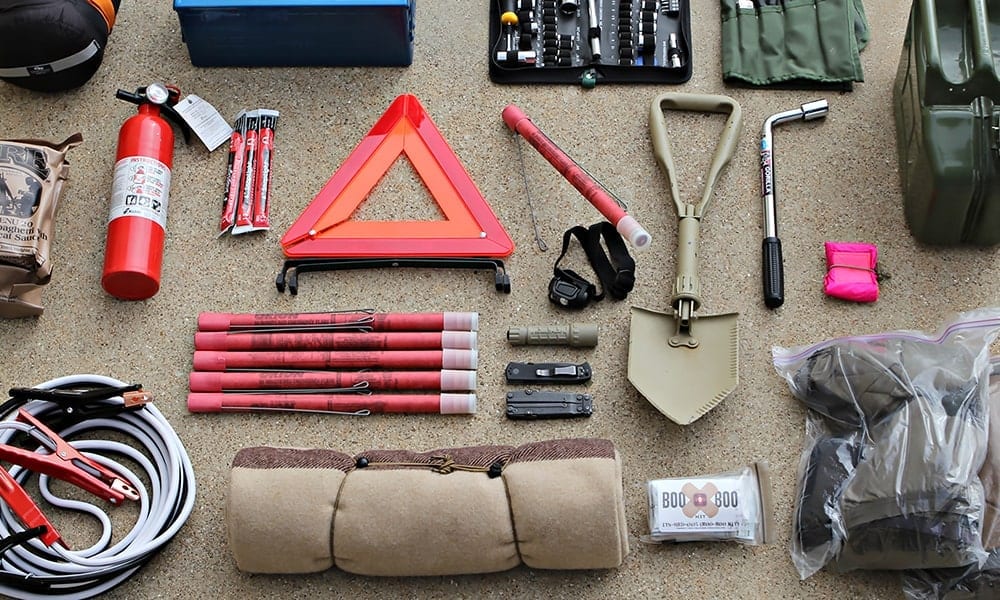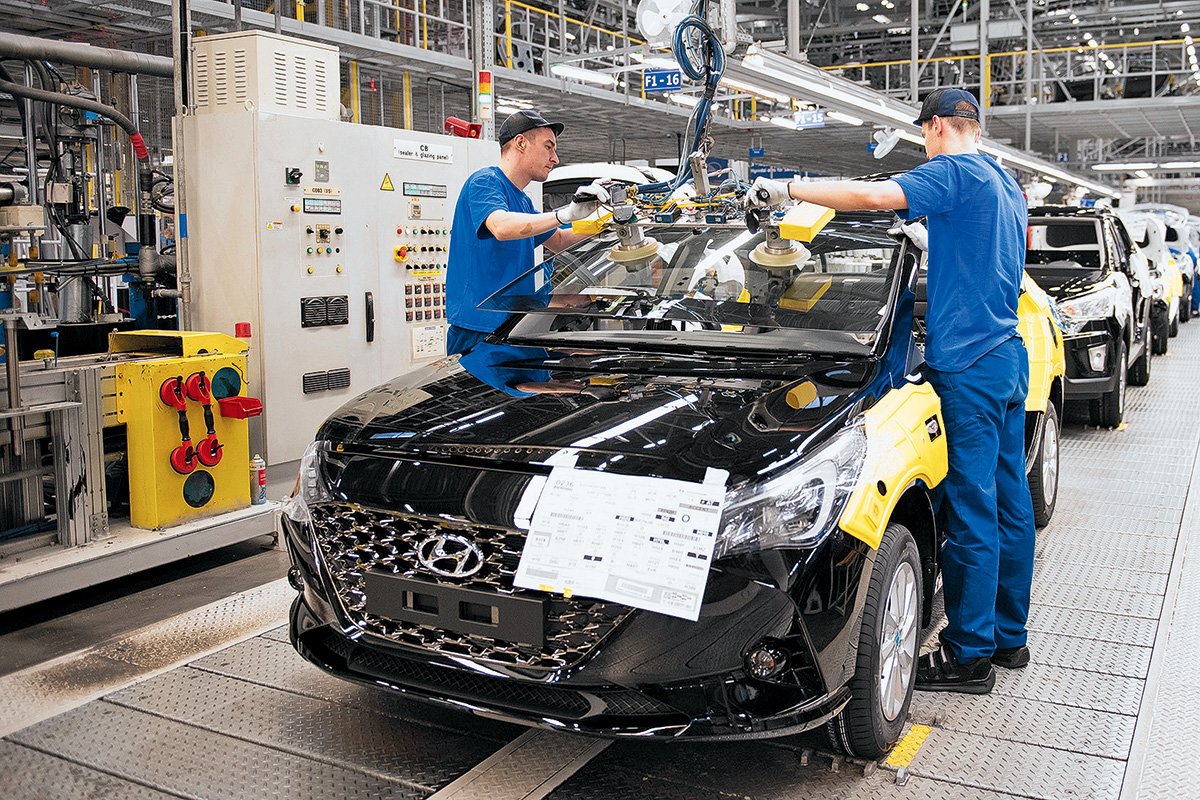
How to create an emergency kit for your car
Content
Driving is safer than ever before; and yet, you never know what might happen when you are driving. Your car may break down or fail. You can get into an accident or get hurt in another…
Driving is safer than ever before; and yet, you never know what might happen when you are driving. Your car may break down or fail. You may have an accident or be injured in some other way. You can make a mistake and end up running out of gas or blowing a tire while on a remote road in the middle of nowhere.
Because of this possibility, it is important to be prepared for anything that can happen to you while you are in your car. The best way to do this is to create an emergency kit so that you are ready for whatever is thrown at you. The emergency kit is easy to assemble and does not take up much space in the car. Most importantly, it will be there when you need it.
Part 1 of 2 - Assemble all components of the emergency kit.
Necessary materials
- A blanket
- Box (plastic or metal)
- Compass
- Scotch
- Additional oil/fuel
- First aid kit
- flashlight
- Food (perishable, such as protein bars or muesli)
- Gloves
- Connecting cables
- Spare wheel
- Safety whistle
- Matches
- Medicines (for those with prescriptions)
- Multi tool
- neosporin
- old cell phone
- Pocket knife
- Rain poncho
- water
Step 1. Gather the items of the first medical kit.. In your emergency kit, you will need a first aid kit.
This first aid kit doesn't have to be extensive, but it should contain some basic ingredients such as band-aids, ibuprofen, neosporin, and tweezers.
- FunctionsA: If you or any of your regulars have a serious allergy or medical condition, you should also include some of their medicines in your first aid kit.
Step 2: Gather Survival Items. There is always a chance that you will get into a car accident and/or fly off the road where you may not be found for a while.
To prepare for this, you should have small high-protein foods like granola bars or dried sticks, a pack of matches (or a lighter), a safety whistle, and a raincoat. These things will keep you stable and safe while you wait for help to find you.
You should also keep an old mobile phone in your first aid kit. Even if your phone is no longer activated, it will still be able to dial 911.
- Functions: Always keep a gallon of water in the trunk for emergencies.
Step 3: Gather items for car repair. The last thing you need to pack in your emergency kit are car repair items.
An emergency kit should always include a multitool and penknife, as well as a small flashlight, duct tape, gloves, and a compass.
With these tools, you can make basic repairs to keep your vehicle running in the event of an emergency.
- FunctionsA: If you need to make temporary repairs, you should always fix the problem completely when you get home. After a safe return, schedule a basic safety check with a certified mechanic, such as from AvtoTachki.
Part 2 of 2: Storing an emergency kit
Step 1: Find a plastic or metal box that will hold all of your belongings.. You don't need a box that's too big, but it should be big enough to hold all the items in your emergency kit.
- Functions: If you wish, you can place first aid items in a small emergency kit in the glove compartment and put the rest of the emergency kit in the trunk.
Step 2. Keep the emergency kit in an easily accessible place.. The best place for an emergency kit is under one of the front seats or on the floor by the rear seats so that the kit is out of your way but easily accessible in case of an emergency.
Wherever you store it, make sure everyone in your vehicle knows exactly where it is.
Step 3: Put the remaining items in the trunk. Other important items that are not included in the emergency kit should be placed in the trunk.
Jumper cables, a blanket, a spare tire and spare engine oil are all important things to have in your car at all times, but they obviously won't fit in the little box with the rest of your emergency kit. Instead, keep them carefully in your trunk in case you ever need them.
With these elements of an emergency kit, you'll be ready for just about anything the road can throw at you. Hopefully you'll never need an emergency kit, but it's always better to be safe than sorry.
